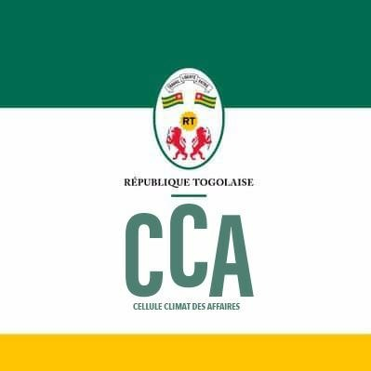Togo Shifts Focus to Concessional Credits to Reduce Debt Costs

(Togo First) - In a bid to cut debt costs, Togo's public administration is rethinking its external debt and capital mobilization strategy, looking to concessional loans. This is outlined in the country's new Medium-Term Debt Strategy (SDMT) 2024-2026.
The strategy aims to reduce the exposure of public debt to refinancing risks by extending the average maturity of outstanding public debt and making greater use of concessional debt to control debt servicing.
"The idea is really to no longer be subject to complex or very expensive financing, particularly market financing," explained Stéphane Akaya, Secretary General of the Ministry of Economy and Finance.
The goal here is for Togo “to position itself to take advantage of concessional resources”, particularly from multilateral partners and development players such as the World Bank, the International Monetary Fund (IMF), the African Development Bank (AfDB), and the Millennium Challenge Corporation (MCC).
World Bank, IMF, AfDB…
To date, Togo has concluded or is in the process of concluding several operations with multilateral partners for concessional financing exceeding $1.5 billion.
According to Stéphane Akaya, the country has signed a $612 million facility agreement with the World Bank under the New Partnership Framework and is set to receive nearly $400 million in financing from the IMF over the next 42 months. Additionally, Togo is on track to seal a $200 million deal with the AfDB and eyes at least $400 million from the MCC for energy and ICT development projects. Meanwhile, the German cooperation has a portfolio of nearly $100 million in the West African country.
Achieving parity by 2026
One of the country's other objectives is to rebalance its debt portfolio towards more external debt, to achieve parity between domestic and foreign debt by 2026.
Ayi Renaud Dossavi


















